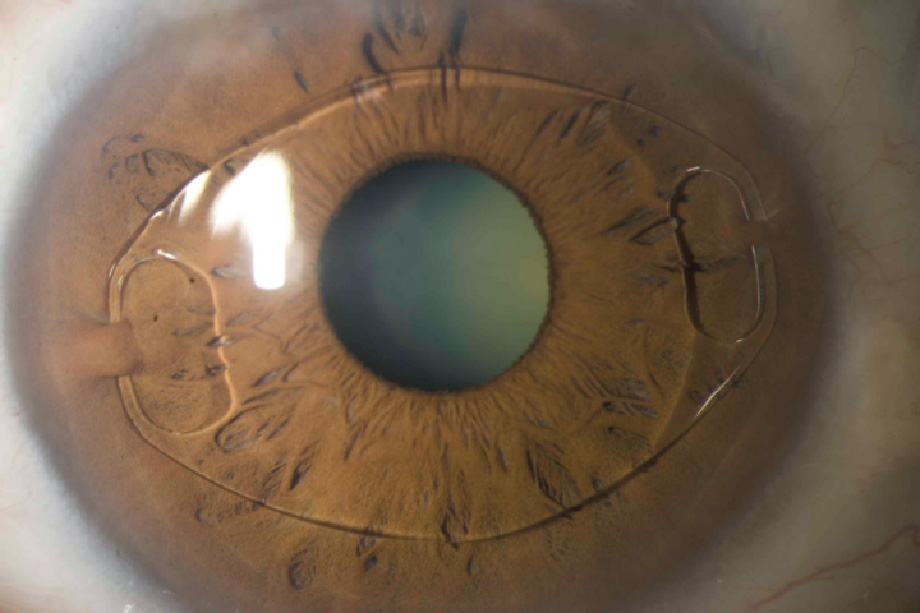 Surgically implanted lenses, also called phakic intraocular lenses (IOL), are a new option for people seeking more permanent correction of high levels of myopia (nearsightedness). These implants, which resemble contact lenses, are placed between the clear front covering of the eye, called the cornea, and the colored portion of the eye, called the iris.
Surgically implanted lenses, also called phakic intraocular lenses (IOL), are a new option for people seeking more permanent correction of high levels of myopia (nearsightedness). These implants, which resemble contact lenses, are placed between the clear front covering of the eye, called the cornea, and the colored portion of the eye, called the iris.
Implantable lenses are a surgical alternative to LASIK. Implantable lenses do not require tissue to be removed from the eye as with LASIK; these lenses are inserted into the eye. Implantable lenses can be considered when other vision correction procedures aren’t a good option, such as in cases of thin corneas or high myopia. Implantable lenses are similar to the intraocular lenses used in cataract surgery. However, implantable lenses are inserted in addition to the natural lens in the eye, unlike in cataract surgery where IOLs replace a natural lens that has turned cloudy.
Look for other types of phakic IOLs eventually to become available in the U.S., including foldable styles that can be implanted with smaller incision and multifocal phakic IOLs that potentially could simultaneously correct vision defects in near, middle, and distant ranges — similar to multifocal eyeglasses and contact lenses. Because phakic IOLs represent a relatively new technology, long-term effects and potential risks of lens implantation are unknown.
